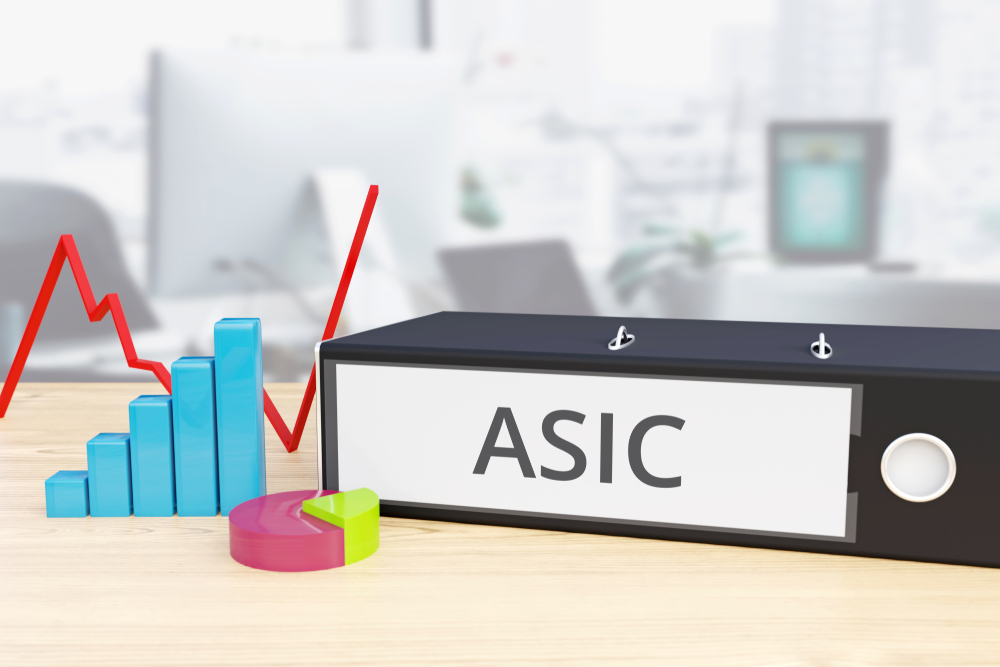When you are getting ready to sell your family business, the tax restructuring of the family business will often include multiple tax structuring options, including a scrip-for-scrip rollover. While the action is frequently talked about, many Perth tax accountants don’t correctly understand how the tax measure works, how to access it, or how a scrip-for-scrip tax rollover can help the family business.
This guide breaks down the process, the benefits, and what you need to know to ensure you qualify.
At Westcourt, we specialise in strategic tax planning. Book a free strategy session with us today and discover how to make tax-effective decisions that support your business growth.
Understanding a Scrip for Scrip Rollover
The easiest way to understand the tax rollover scrip for scrip is to replace the word “scrip” with “shares.” A scrip for scrip rollover can also apply to a unit trust arrangement (although that is rare).
A scrip for scrip rollover happens when another company acquires your business. Instead of receiving cash for selling your shares, you receive shares in the acquiring company. These new shares replace the cash payment you would have otherwise received.
Essentially, it’s a like-for-like exchange of shares rather than a direct cash transaction. You retain some equity in the newly created entity and take some cash off the table.
The cash received incurs tax. The shares received don’t.
This rollover is a capital gains tax (CGT) relief measure. Since you’re receiving shares instead of cash, you can defer any capital gains tax that would otherwise apply to the sale.
Importantly, good advice from your Perth tax accountant is crucial during the contract preparation stage of the sale to ensure the rollover works as intended. So, while many items, like the normalisation of earnings for the business sale, feel like they should take priority, getting clarity on the tax impact on selling your business should occur side-by-side, providing you with a sense of security and guidance.
Want to ensure you’re making the most of tax-effective strategies? Get in touch with Westcourt today.
The CGT Impact of a Scrip for Scrip Rollover
You may be eligible for a scrip-for-scrip rollover when selling your business and accepting shares instead of cash. In this case, the new shares take on the cost base of your original business shares.
Your capital gain is still calculated based on the original share prices for tax purposes.
Since you’re not receiving a direct cash payment, this rollover allows you to defer capital gains tax (CGT). Depending on your circumstances, you may also qualify for the 50% CGT discount.
A scrip for scrip rollover is designed to provide tax relief during a business takeover while allowing the original owner to retain some equity in the acquiring company. These type of transactions are when the advice from a great Perth tax accountant makes a long term impact to the business family.
When Does a Scrip for Scrip Rollover Apply?
There are two main types of scrip for scrip rollovers:
- For companies
- For trusts
Scrip for Scrip Rollover for Companies
Strict conditions apply to scrip for scrip rollovers involving companies. These include:
- Shareholders must hold their new shares on the same terms the held the old shares.
- The purchaser must comply with the Corporations Act 2001.
- The purchaser’s offer to purchase the shares must be on the same terms and conditions as those of the shareholders.
Understanding the tax implications of a scrip-for-scrip rollover is crucial. It can help you maximize benefits and avoid unnecessary tax liabilities, ensuring you make the most of this tax-effective strategy.
Need expert guidance on structuring your business sale? Speak to Westcourt today.
Scrip for Scrip Rollovers for Trusts
The scrip-for-scrip rollover provisions operate similarly for trusts as they do for company rollovers. All trust owners with a voting interest can participate in the takeover, and the transaction must comply with the Corporations Act 2001.
The key difference lies in how the structures operate, and the level of control and involvement trust owners have in the business.
It is more common for a unit trust to engage in scrip-for-scrip rollovers with other capital gains tax rollovers. That is, the unit trust will sell the trading business to a wholly owned company that will be structured as a tax-free sale. The newly created company will transact with a seller and perform a scrip-for-scrip rollover.
Sometimes, the company that owns the trust undergoes a tax consolidation. The unit trust is then wound up with no capital gains tax, and the trading business becomes a new cleanskin company.
Who is Eligible for a Scrip for Scrip Rollover?
As a business owner, you may be eligible for a scrip for scrip rollover if you:
- Sell your business in exchange for shares in the acquiring company or a combination of cash and shares.
- Are Australian residents for tax purposes. However, if the acquiring company is an Australian entity, you may still qualify even if you are not a resident.
Who won’t enjoy a Scrip for Scrip Rollover?
You may not qualify for a scrip for scrip rollover under the following circumstances:
- Your business was established or purchased before 20 September 1985, when capital gains tax (CGT) was introduced.
- You accept cash as part of the sale—only the share portion qualifies for the rollover, as cash voids the like-for-like exchange.
- The capital gain from the new shares is already exempt from CGT for other reasons.
- The acquiring business is a non-Australian entity.
- Another rollover type applies, such as a company restructure rollover or using the small business capital gains tax concessions.
Understanding the eligibility criteria is essential to making the most of a scrip for scrip rollover.
Expert advice is invaluable when it comes to making the most of a scrip-for-scrip rollover. Talk to Westcourt today to explore your tax-effective options and ensure you meet the complex eligibility criteria.
Using a Scrip for Scrip Rollover to Defer Capital Gains Tax
A scrip-for-scrip rollover is a tax-effective way to defer and manage capital gains tax (CGT) when selling a family business.
Instead of triggering an immediate CGT liability, the rollover allows you to defer capital gains until you decide to sell the new shares. These shares retain the cost base of your original business shares and inherit the original ownership period.
You may also be eligible for the 50% CGT discount when you eventually sell, provided the total ownership period meets the 12-month requirement.
Key Benefits of a Scrip for Scrip Rollover
A scrip for scrip rollover offers several advantages, all centred around CGT concessions. By deferring capital gains tax at the time of the sale, you can potentially enjoy a significant tax saving, providing you with an optimistic outlook on your tax situation.
- You can disregard capital gains tax at the time of the sale.
- The new shares include the ownership period of your previous business shares, helping you qualify for the 50% CGT discount sooner.
- The capital gain is deferred until you sell the shares, and CGT is calculated using the original cost base.
Example
A smart business family created a mining services business, WA Mine Trust, in 2004. The WA Mine Trust operates a labour-hire business through a discretionary trust. The trust has grown over the years, and a private equity firm has approached it to buy it.
The PE team’s strategy is to buy half of the business, add management expertise and cash, and then sell it in five years.
The WA Mine Trust sells the business to a new company, “WA Mine Company”.
The WA Mine Trust sells the shares in WA Mine Company in WA Holding Company.
A new company, WA Investment Company, was created to buy WA Holding Company. The Private Equity investor purchased shares in WA Investment Company for AUD 10m.
WA Investment Company wants to buy all the shares in WA Holding Company. It offers to pay the business family AUD 10m in cash and issues shares in itself to WA Mine Trust to the value of AUD 10m.
The shares issued to WA Mine Trust should be tax-free, and the capital gain should be deferred under the scrip for scrip rollover.
The cash paid to the WA Mine Trust should qualify for the 50% CGT Discount.
Later, WA Mine Trust sells its remaining shares in WA Investment Company to a third party for AUD 30M. The sale has the same cost base as half of the business held by WA Mine Trust.
The Bottom Line
A scrip-for-scrip rollover might sound complex, but as a tax strategy, it can significantly benefit a transaction and allow a range of options.
If you choose to sell your business, this rollover allows you to accept shares instead of cash, defer CGT, and potentially reduce your tax liability when you sell the shares.
Want to maximise your tax benefits? Talk to Westcourt today.






